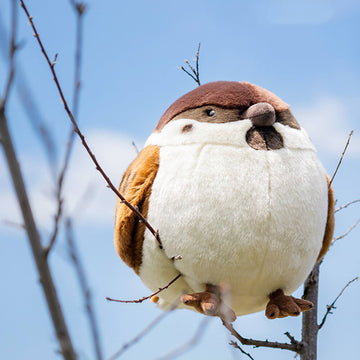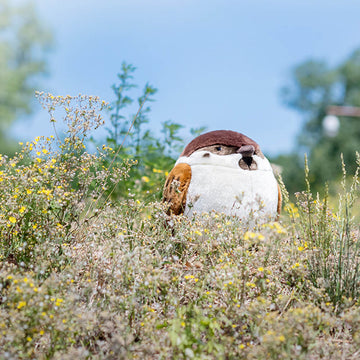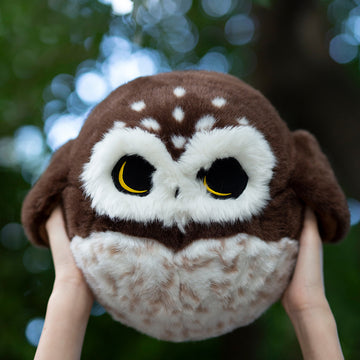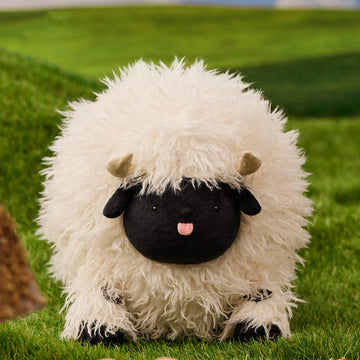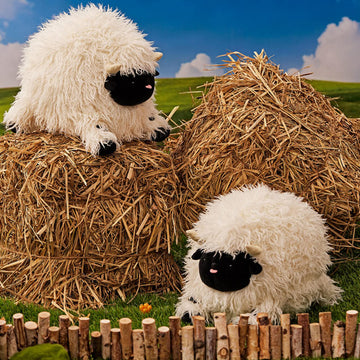10 Facts About the Coelacanth Fish
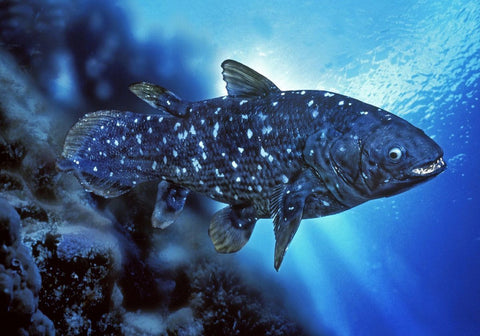
THE COELACANTH (PRONOUNCED SEEL-uh-kanth) is an enormous, bottom-dwelling fish that is unlike other living fishes in a number of ways. They belong to an ancient lineage that has been around for more than 360 million years. Coelacanths can reach more than six feet long and weigh about 200 pounds, and they're covered in thick, scaly armor. It's estimated they can live up to 60 years or more.
1. Coelacanths were thought to be extinct until a live one was caught in 1938. Coelacanths were known only from fossils until a live Latimeria chalumnae was discovered off the coast of South Africa in 1938. Until then, they were presumed to have gone extinct in the late Cretaceous period, over 65 million years ago.
2. Coelacanths might be important for understanding the transition from water to land. Coelacanths were thought to be the ancestors of tetrapods (four-legged, land-living animals), but a recent analysis of the coelacanth genome suggests that lungfish are actually more closely related to tetrapods.
3. Coelacanths have a unique form of locomotion. One striking feature of the coelacanth is its four fleshy fins, which extend away from its body like limbs and move in an alternating pattern. The movement of alternate paired fins resembles the movement of the forelegs and hindlegs of a tetrapod walking on land.
4. Their jaws are hinged to open wide. Unique to any other living animal, the coelacanth has an intracranial joint, a hinge in its skull that allows it to open its mouth extremely wide to consume large prey.
5. Instead of a backbone, they have a notochord. Coelacanths retain an oil-filled notochord, a hollow, pressurized tube that serves as a backbone. In most other vertebrates, the notochord is replaced by the vertebral column as the embryo develops.
6. Coelacanths have an electric sense. Coelacanths have a rostral organ in their snouts that is part of an electrosensory system. They likely use electroreception to avoid obstacles and detect prey.
7. They have tiny brains. A coelacanth's brain occupies only 1.5 percent of its cranial cavity. The rest of the braincase is filled with fat.
8. Coelacanths give birth to live young. After an extremely long gestation period, possibly up to three years, female coelacanths give birth to live offspring.
9. They're nocturnal and spend their days resting in caves. During the day, coelacanths rest in caves and crevices. They leave these daytime resting places the same time late each afternoon to feed, mostly on fish and cephalopods.
10. They don't taste good. People, and most likely other fish-eating animals, don't eat coelacanths because their flesh has high amounts of oil, urea, wax esters, and other compounds that give them a foul flavor and can cause sickness.
Of course, if you want a coelacanth fish as a pet, our stuffed coelacanth plush toy can be the perfect substitute!
Check Our Product: Stuffed Coelacanth Plush Toy

